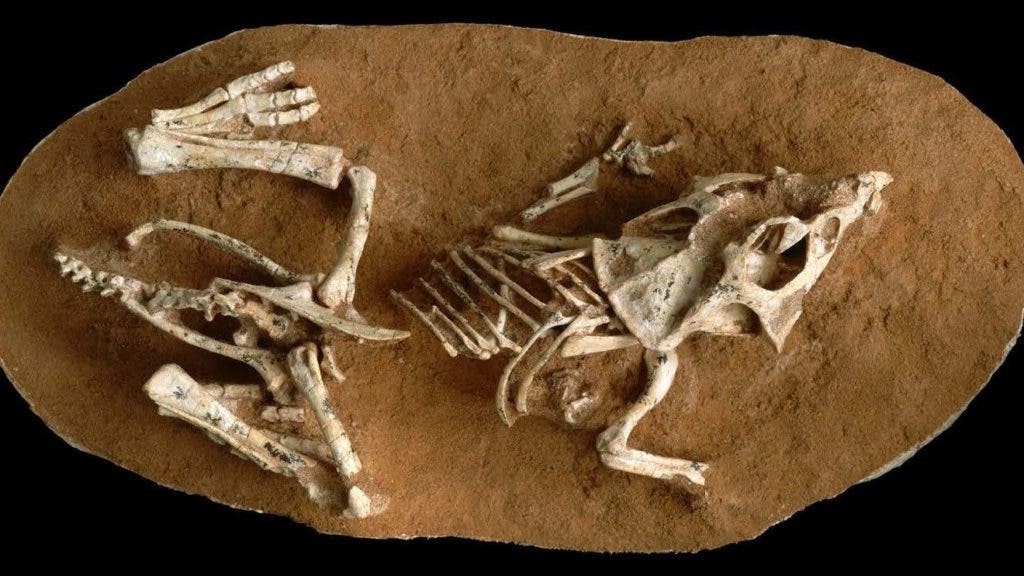
An analysis of ‘baby’ dinosaur teeth suggests some species spent as much as half the year incubating their eggs. Meanwhile, the dinosaurs’ closest live relatives today (birds) spend only a fraction of that time for incubation. Scientists think this inflexible arrangement may have heavily contributed to the dinosaur mass extinction from 66 million years ago.
Dino parenthood
Being extinct for such a long time, there are many things we don’t know about the lives of dinosaurs, especially from a behavioural perspective. Did dinosaurs roar or did they sound more like ducks? Did some dinosaurs prance around in intricate mating rituals? Did they sat on their nests like birds or buried their eggs like reptiles? These are all very difficult questions to answer with a degree of confidence judging from fossil remains alone. But that’s why science can be so amazing — because once in a while you get to answer a big question using very limited data or tools.
Gregory Erickson, a paleobiologist at Florida State University, and colleagues wanted to tackle the age-long question of how long it took for dinosaurs to hatch their eggs. The way they went about it was to study dinosaur teeth, which like those of other reptiles and humans are formed, in part, from dentin. The substance is a calcified tissue of the body which starts off as a liquid that gradually accumulates in layers and eventually mineralizes. By breaking down these layers you can count the days it took for the dentin to form, which reveals the incubation time, sort of like tree rings.
Erickson closely worked with the American Museum of Natural History and the University of Calgary who were kind enough to share some small tooth samples from their collections. Two species of dinosaurs were studied; Protoceratops andrewsi, a relative of the famous Triceratops, who laid as many as 12 eggs at a time roughly the size of a potato; and the duck-billed Hypacrosaurus stebingeri whose eggs could weigh 10 pounds and resembled volleyballs.
By painstakingly counting each layer, Erickson and colleagues found Protoceratops hatchlings took three months to hatch, while the bigger Hypacrosaurus required six months — and these are conservative estimates, according to the paper published the journal Proceedings of the National Academy of Sciences.
For now, only these two species have been analyzed but if most dinosaurs took months to hatch their eggs, it’s no wonder they ran into so much trouble. It means whole packs of dinosaurs could have been confined to a certain patch of land for a good chunk of the year, severely limiting their mobility. Although this worked fine for millions of years, this evolutionary strategy didn’t bode well for the dinosaurs once the giant asteroid that caused 75% of life on Earth to go extinct hit Mexico.
After the asteroid impact, the planet was engulfed in plume that affected plant growth and seriously limited food availability. If you were to survive in these conditions, you had to breed fast and often. This was not the case for some dinosaurs, the present findings seem to suggest. We’ll learn more once the teeth from carnivorous hatchlings are studied.
Was this helpful?



